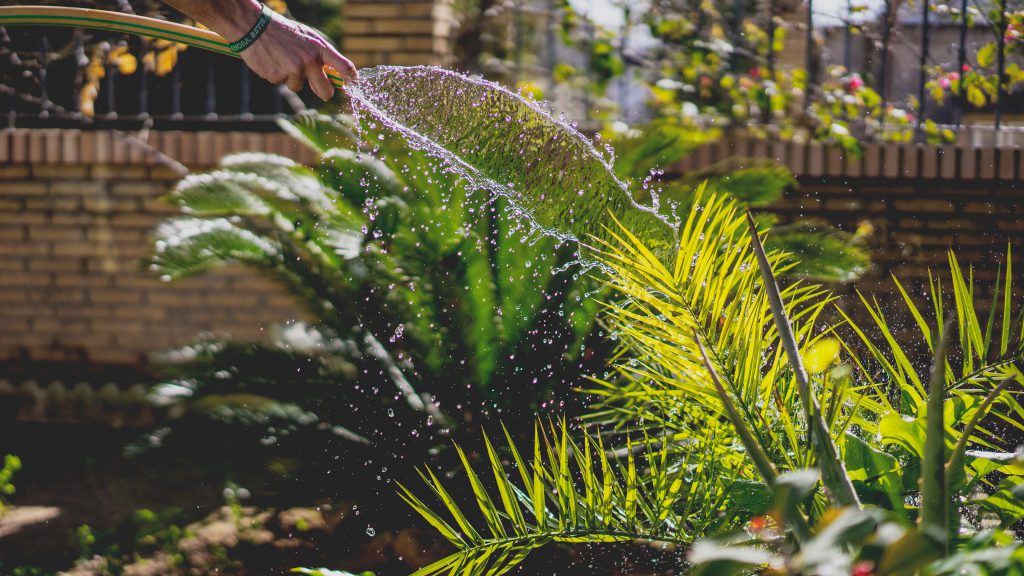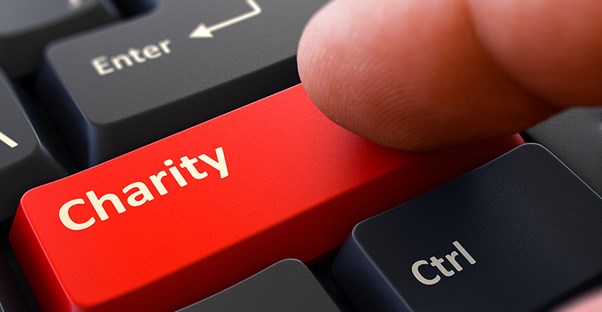6 Tips for Watering Your Garden

Adequately watering a garden is a commitment, but it doesn’t have to be overwhelming. Whether you are growing flowers, vegetables, or both, you’ve probably invested time and money in your garden. It’s a worthwhile goal to want to achieve the best results possible. Following these basic tips can help. Also, don’t be intimidated by your neighborhood gardening expert. As with any topic, you’ll hear differing opinions. The important thing is to examine the particular needs of your specific garden and plants.
How to Water Your Garden Like a Pro
- Water Close to the Root Systems.
While glistening leaves may look nice, they really aren’t necessary. In fact, frequent water on leaves may put your plants at risk for disease. Watering the leaves is also less efficient because you’ll lose some water to evaporation before is makes its way to the soil. Focus your efforts at the ground level near the roots. - Use the Correct Amount of Water.
Water measurements and soil examinations are two ways to do this. Soil around the root zone of plants needs to stay damp. You can examine the soil by digging a little hole and simply examine with your finger or by using a soil moisture meter. Different types of soil hold moisture for different lengths of time. If you want to measure the amount of water you use, try a hose meter or sized watering containers. Vegetables and flowers need about an inch of water per week in temperate climates and two inches a week in hot climates. For a square foot of garden, that’s about .62 gallons in moderate climates. - Use Mulch to Increase Moisture.
A layer of mulch will keep moisture from evaporating out of the soil. Water generously before you apply your mulch so that you’ll start with hydrated soil. Mulch also breaks down and supplies nutrients to your soil. Water and nutrients are the two things that plants absolutely need. - React Immediately to Stressed Plants.
Watch for leaves that look yellow or dry at the bottom of a plant. Don’t wait a day or two to water! That might be too late. - Monitor the Weather and Time.
Don’t waste money on your water bill if it’s going to rain. Also, adjust your watering amount in hotter seasons. Keep in mind that water will evaporate faster. Stick to early morning and evening, when the weather is particularly sunny. - Read the Information That Comes With Your Plants.
Whether it’s a seed packet or a little plastic stake in the soil, informational cards contain basic care for that plant you have purchased. Keeping this information won’t take up much room, and it will be useful for later reference. Even if you don’t become a gardening aficionado, you’ll gradually learn more about the plants and how much water or sunlight they need.
Make the Investment and Reap the Rewards
The best thing you can do for your garden is to water it effectively. Fortunately, there are more products than ever before to aid in the process. Depending on the size of your garden and your budget, a drip irrigation system may be the best option. Hose-connected water meters, moisture gauges, and soaker hoses are also valuable tools. The cost of these products may be offset by lower water bills since they make the process more efficient. An initial investment may also be worth it if it frees up your schedule. With a little effort towards better watering, you’ll be rewarded with a great garden!






